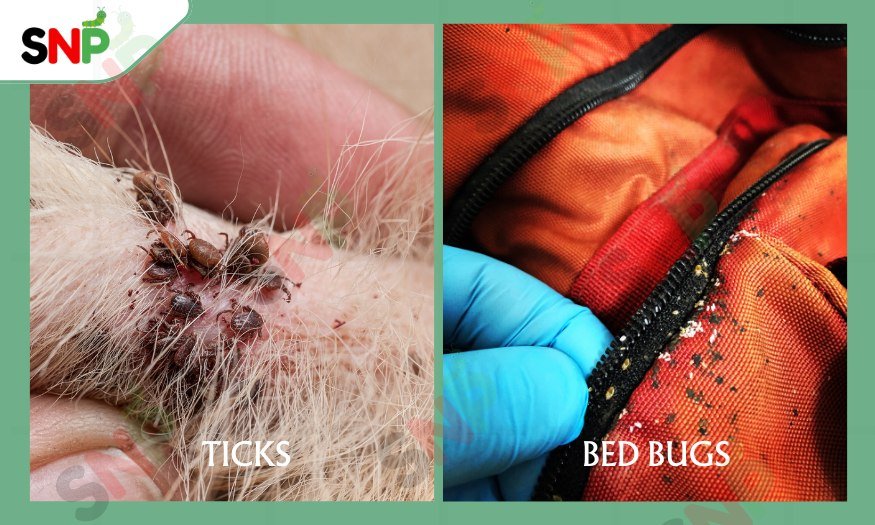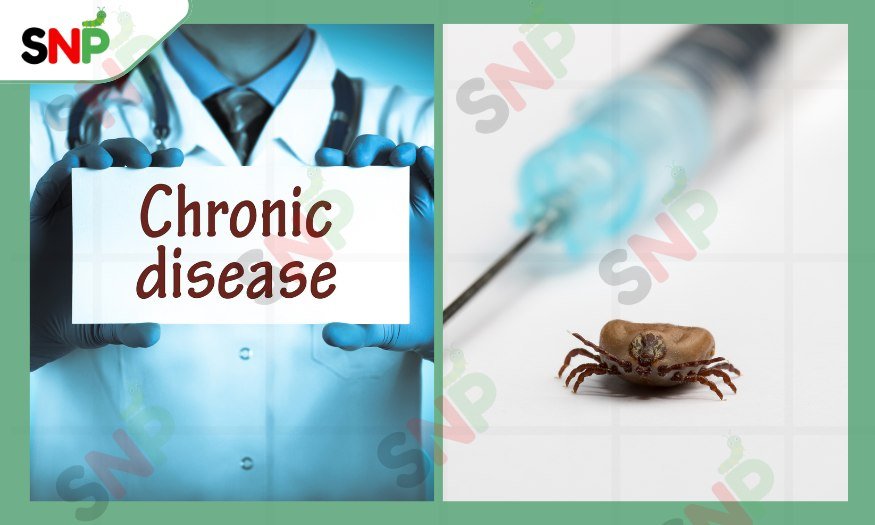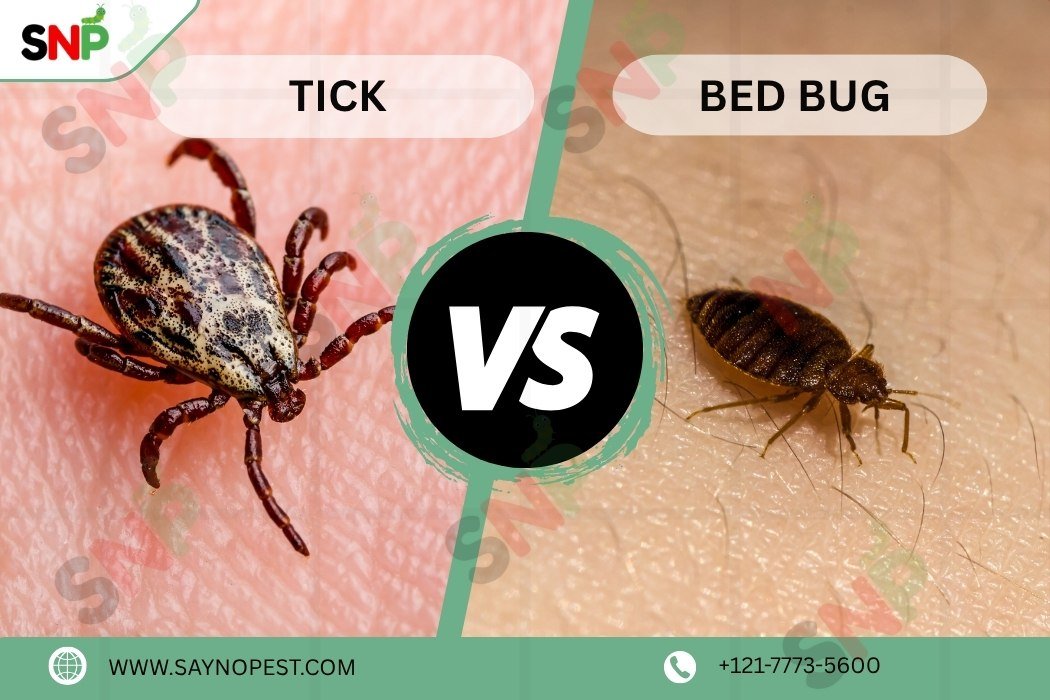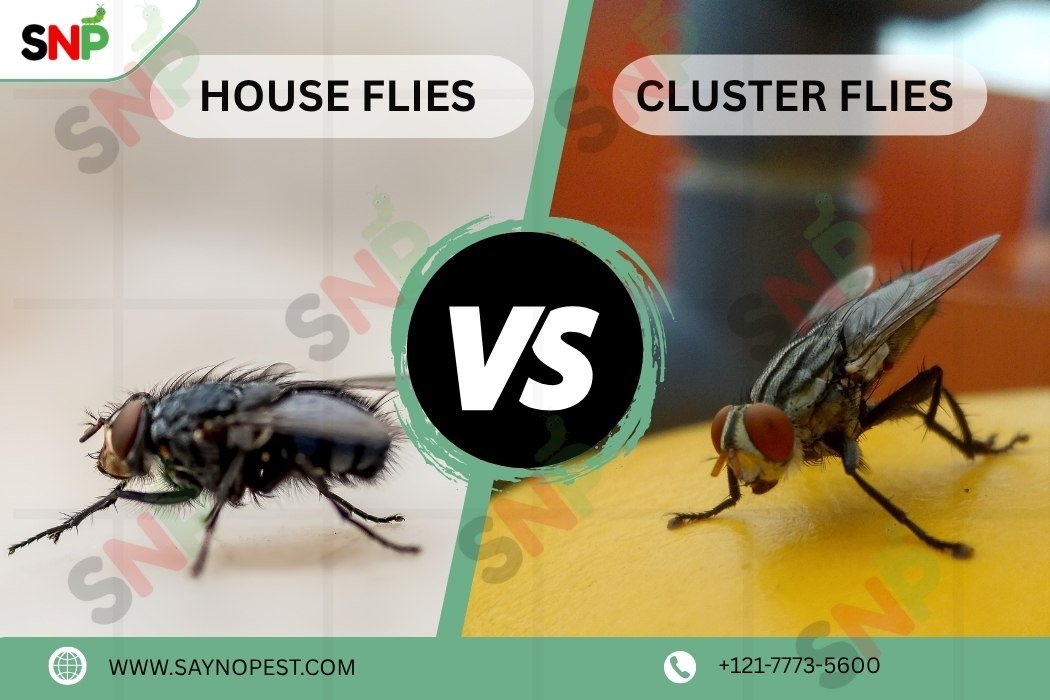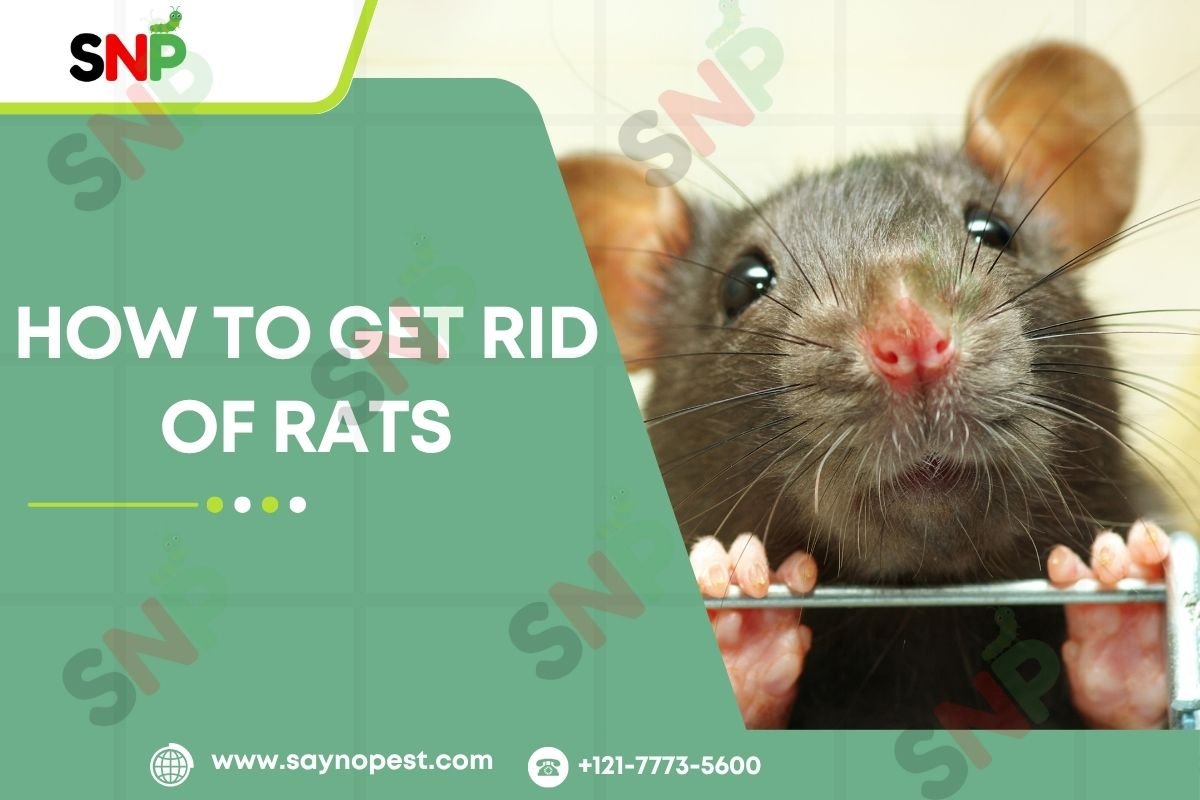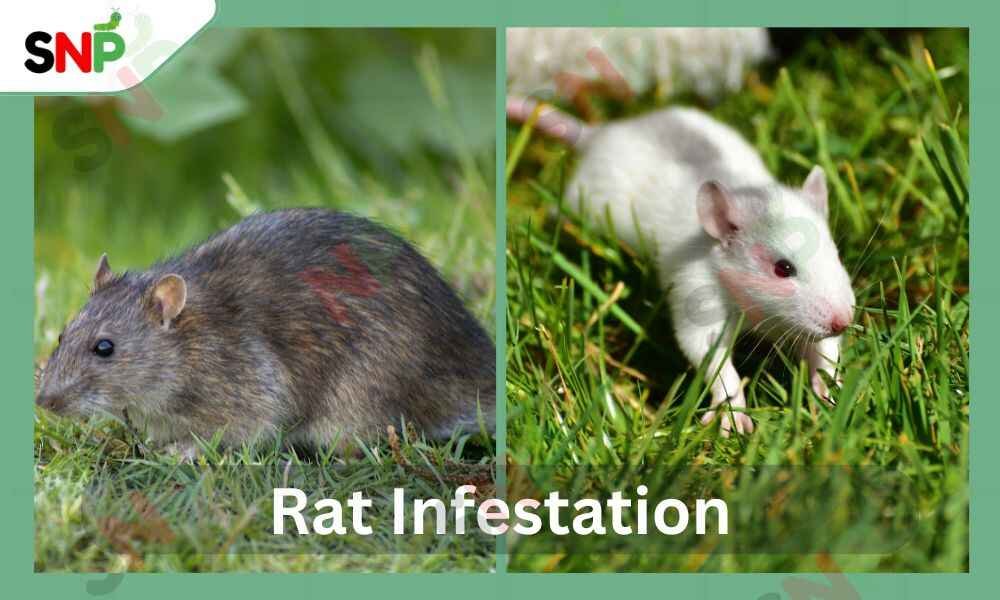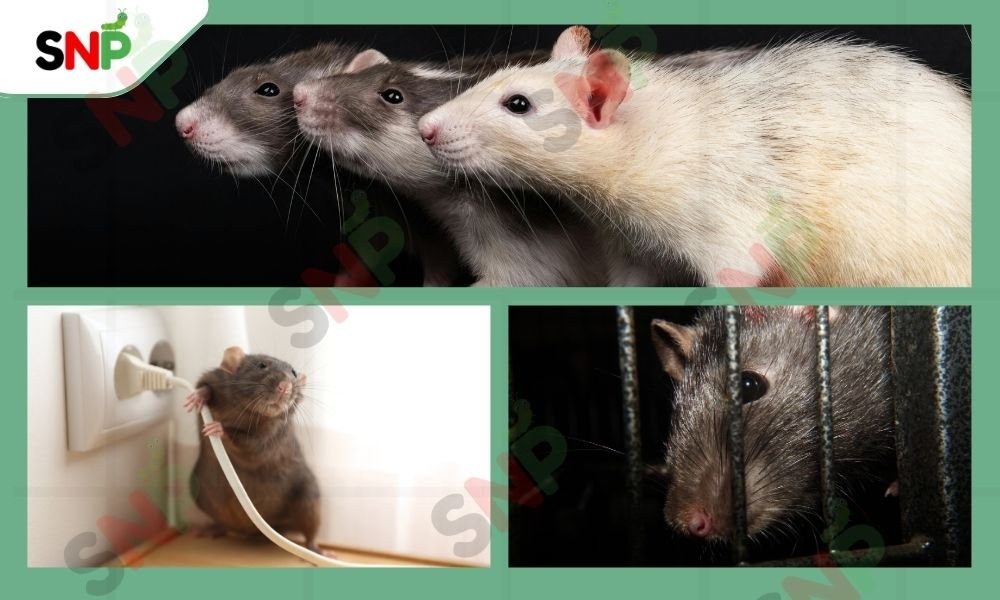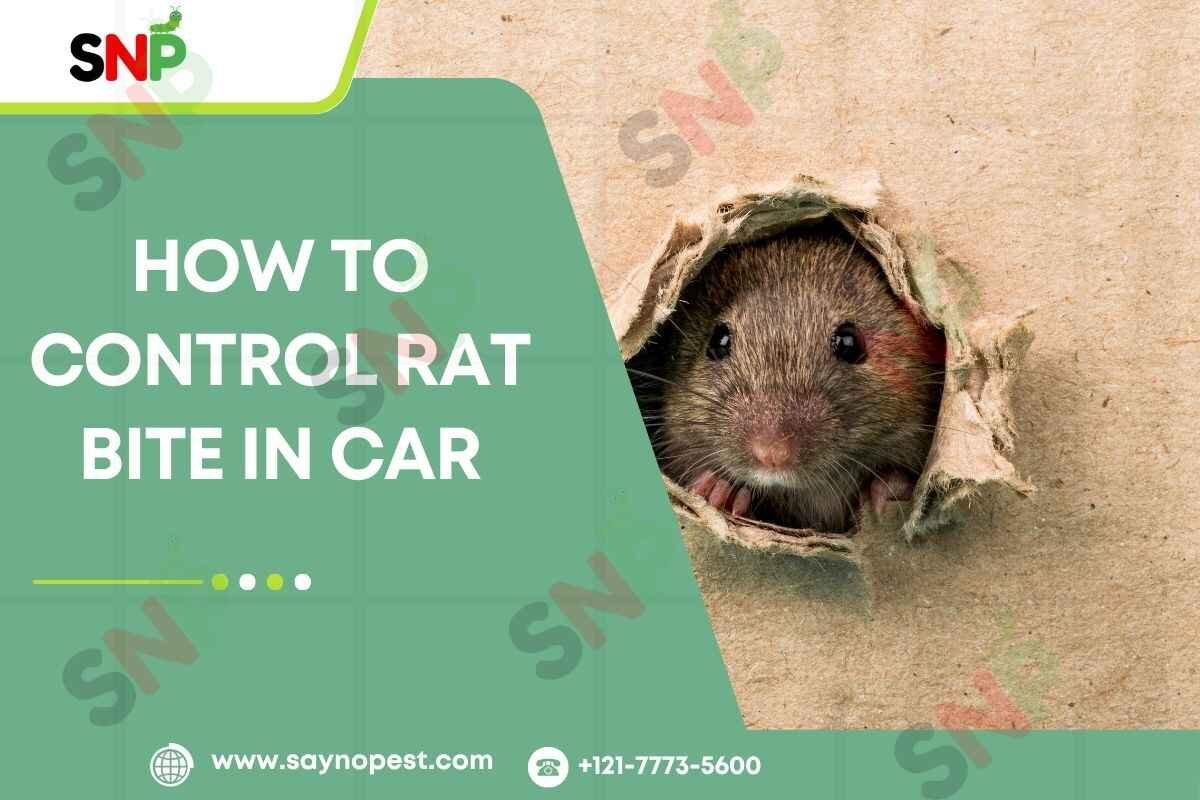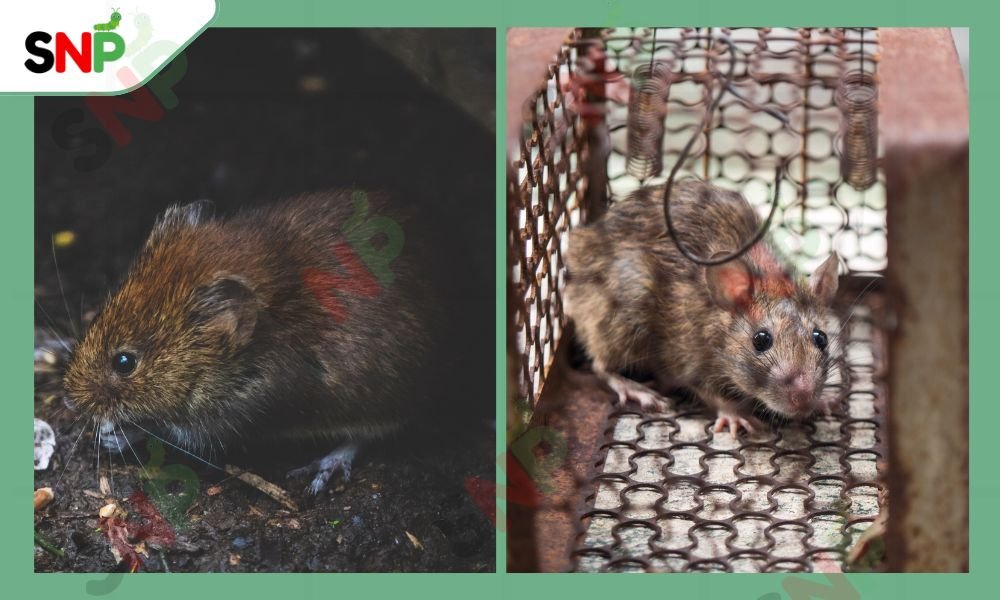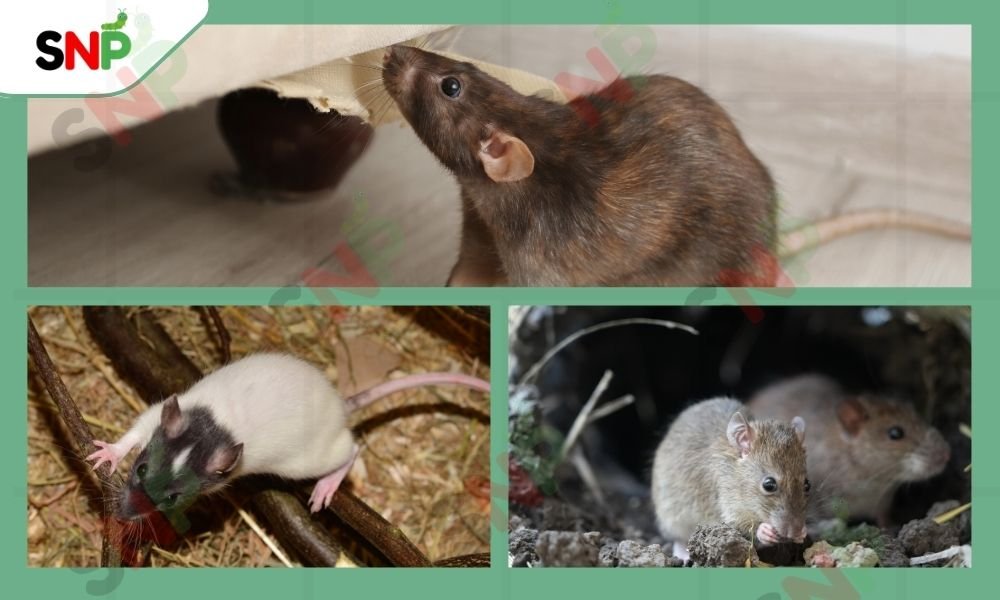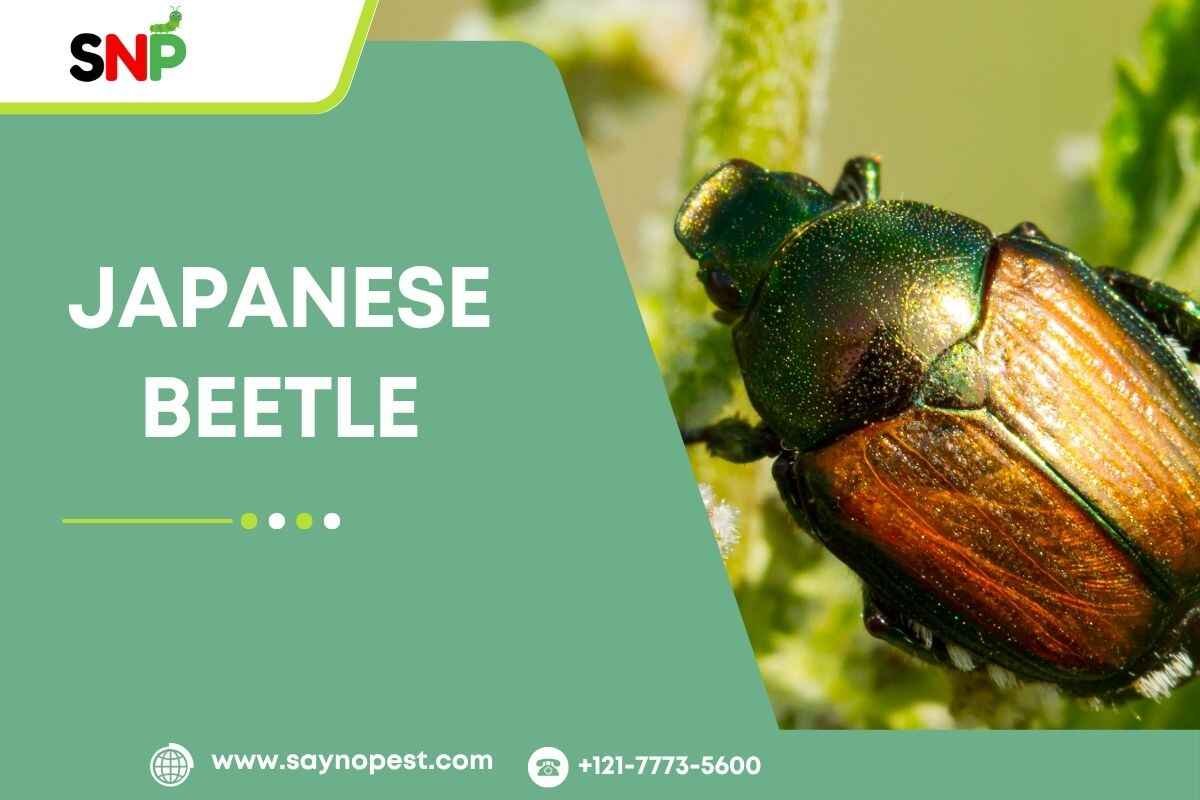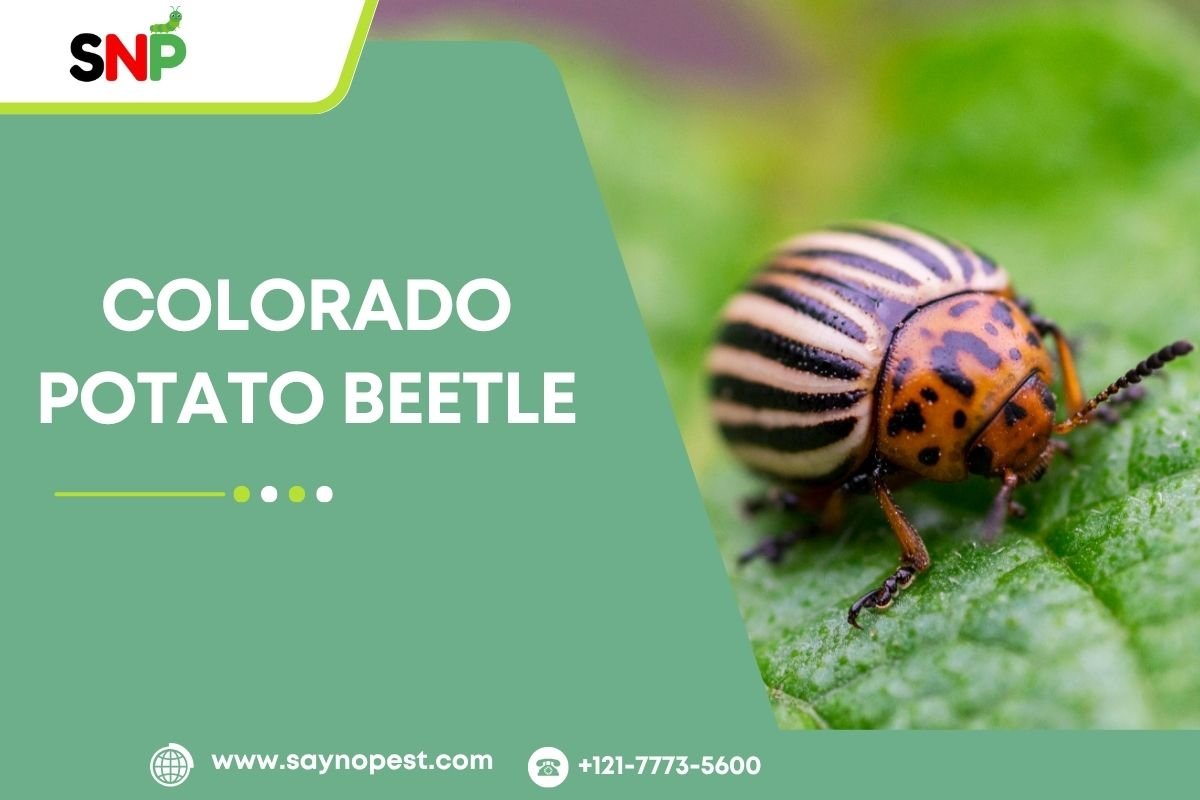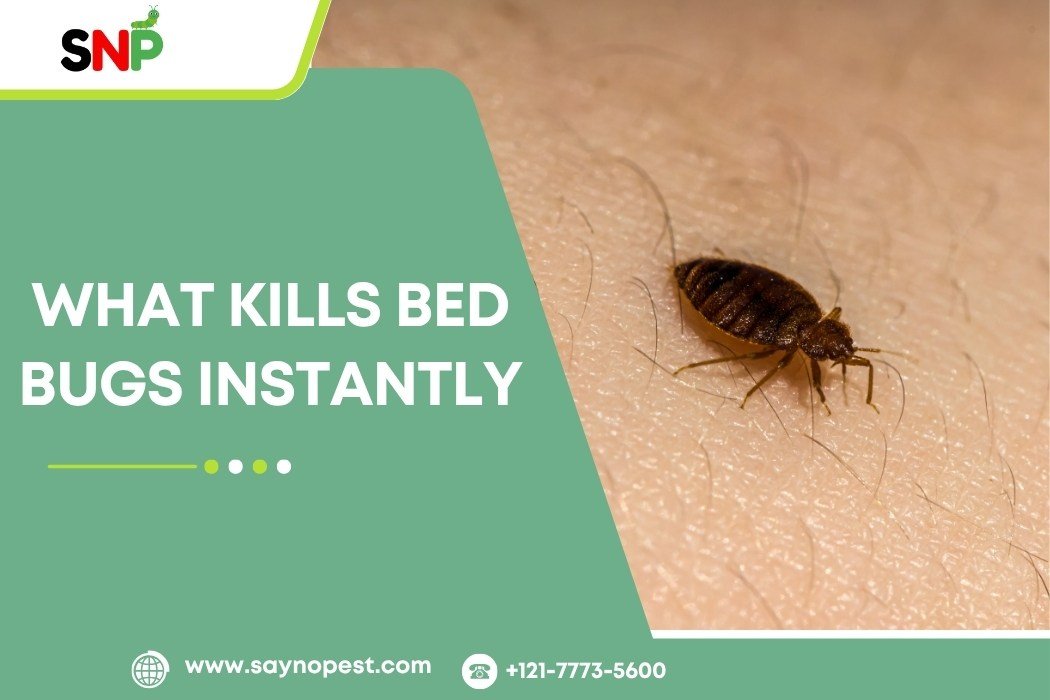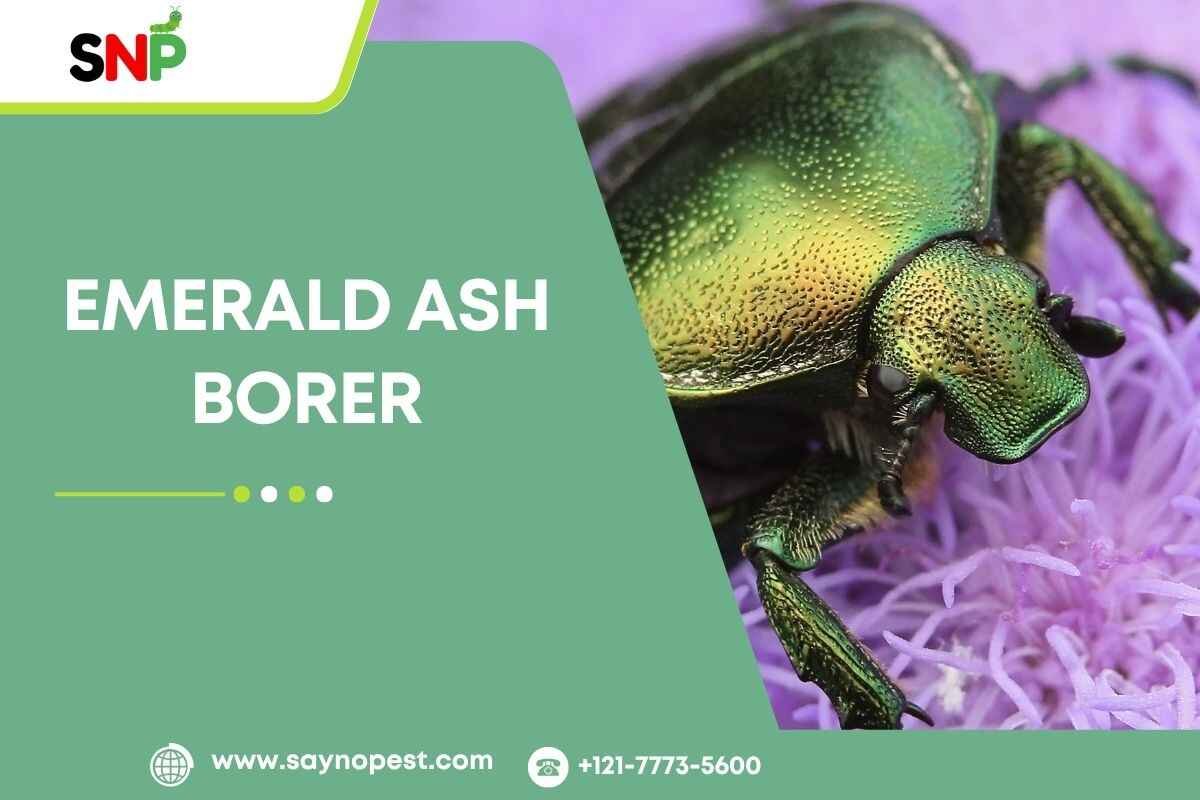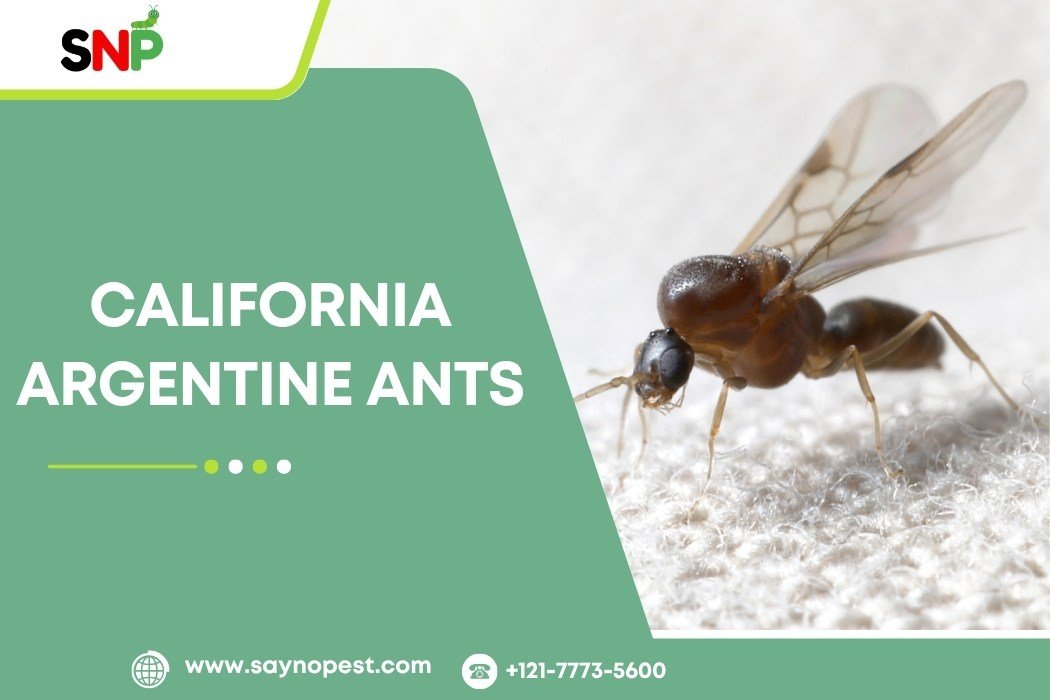For more than one hundred years, Orkin Pest Control has been leading the pest industry, offering efficient services to homeowners and businesses all over the United States. This blog traces Orkin’s extensive history, its wide range of services, its reputation in the market, and what makes it different from its competitors. If you are trying to get rid of the pests that are very common in the home or come across a serious infestation, learning Orkin’s approach to pest management can be very helpful for you to make your decision.
Orkin Pest Control
The company was establish by Otto Orkin in 1901. The company started with very simple things when young Otto went door to door in Walnutport, Pennsylvania, to sell rat poison. His early entrepreneurial spirit and innovative approach to pest control laid the foundation for what would become one of America’s most recognized pest management companies.
Orkin is a part of Rollins Inc., having been acquire by the latter in. Orkin has over many years of experience and has grown to many offices all over the world, having about 1.7 million customers, both residential and commercial, in the U.S., Canada, Mexico, Europe, Central America, South America, the Middle East, Asia, the Mediterranean, Africa, and Australia.
The fact that the company has changed itself into an international pest control giant in terms of the number of achievements and successes it has obtained since it was a one-man company is a solid evidence that it is keen on the issue of being excellent and the ability to make the necessary adjustments to meet the dynamic needs in pest management. The fact that Orkin has been a trusted name in the business is a testimony to its uninterrupted efforts in providing effective pest control services and the satisfaction of customers.
The Three Main Service Categories
Orkin Pest Control provides various services, but their three main services are general pest control, Orkin pest and termite control, and home services. Under these main services, they cover all their sub-services to protect the homes and properties. Let’s discuss them.
General Pest Control Services
Orkin pest control is their main residential service offering. In this, they provide the plan of the pest control service by observing the level of pest invasion. This service covers the treatment of many common household pests, such as ants, bed bugs, beetles, carpenter ants, centipedes, millipedes, cockroaches, flies, crickets, earwigs, fleas, mites, moths, rodents, silverfish, spiders, stinging pests, stink bugs, and ticks.
The targeted approach is based on award-winning training combined with new technology, where Orkin man not only find conditions that may attract pests but also solve problems of current infestations in the most suitable way for each pest type. This service core is Orkin’s exclusive six-step Points of Service methodology. This process will ensure the full treatment from the first inspection to follow-up monitoring.
Specialized Treatment Services
Orkin’s special treatment services pertain to pests and cover targeted expertise and methods. This category has three major specialized services.
Termite Control and Treatment
Orkin is following the residential service technical solutions aid. They use a mix of liquid termite treatments, dry foam, and OrkinFoam, as well as the Sentricon bait and the monitoring system. Liquid termite treatment is spray at the place where infestation has start, while dead space is reach with dry foam and OrkinFoam; the sending system is the acceptor and the observer. With more than 70 years of experience in termite control, Orkin is the leader in the industry, offering local and preventive services combined with yearly inspections and the monitoring of the situation.
Mosquito Control Services
Orkin’s seasonal mosquito control service is design to eliminate the mosquito life cycle around residential properties. The treatment is done with the help of chemicals, microbial insecticides, and natural products that are sprayed in the places where mosquitoes are mostly found. This service not only includes a comprehensive property inspection and identification of breeding sites but also performs targeted treatments to reduce mosquito populations.
Bed Bug Services
Orkin utilizes the latest scientific research and techniques to offer specialized bed bug treatment programs that are inclusive of continued monitoring and maintenance visits to the key areas. The bed bug services include customize treatment plans, which carry out according to the condition of the infestation, and they also give follow-up inspections to sure that the pests are completely eradicated.
Home Services
Orkin also has the home service option, and under that, they cover various other important services that are needed to maintain the house or property across the United States. Services which are included in the home service are:
- Attic Insulation
- Wildlife Management
- Moisture Control
- Orkin Shield: Wildlife & Rodent Prevention
- Seasonal Pest Protection
- Leaf Stopper, Gutter Cover, and protection
- New Homeowner Pest Prevention
Unique Selling Propositions (USPs)
Orkin is one of the best Pest Control companies in the United States because they offer trustworthy promises, which are considered their unique selling properties, and these are:
Science-Based Approach
Orkin is a company that takes a scientific route in the pest control industry, and they go as far as calling their methods “Pest Control Down to a Science”. They have research partnerships with universities as well as organizations like the CDC for the study of pest biology and pest-related disease.
Extensive Training Program
Orkin has a very extensive training program, which is the biggest differentiator of the company. Technicians have to go through 160 hours of intensive hands-on instruction during the first year, which is carried out at the Orkin Learning Center in Atlanta, a 13,000-square-foot facility with model rooms of restaurants, hospitals, hotels, and commercial kitchens that allow realistic training scenarios. This educational effort guarantees that technicians will have access to the skills and knowledge necessary for dealing with various pest situations efficiently.
The Orkin Guarantee
Orkin’s satisfaction guarantee includes the availability of free touch-up visits between scheduled appointments as well as a 30-day money-back guarantee. This customer-friendly policy is not only a reassurance for the customers but also a way of showing the company that they are confident in their service quality.
Points of Service System
Orkin’s exclusive six-step method, called Points of Service, offers a systematic and complete pest control service process. This procedure consists of:
- Investigate: Thorough inspection of the property
- Protect: Treatment of the perimeter and removal of accessible pest habitats.
- Fortify: Sealing entry points to prevent pests.
- Keep Watch: Interior treatment and strategic placement of pest monitors
- Report: Detailed documentation of services and recommendations
- Follow Up: Ongoing communication and response to immediate needs
The Orkin Man Brand Identity
The well-known “Orkin Man” has been the mascot of the brand for many years, starting with “Otto the Orkin Man” (a can of insecticide that had human characteristics) and now presenting the pest control professionals of the company. The firm has lately switched to “Orkin Pro” in order to be more inclusive and to represent the whole of the human resources better. The strong brand identity has allowed Orkin to remain highly recognizable among competitors in the market.
Conclusion
Orkin has been an expert in the business of pest control, with more than 120 years of experience, the practice of sound science methods, high standards of fully trained technicians, and a wide range of services offered. The fact that the company commands about 20 percent of the American market and the preparedness to correct the balance puts the company in the same strong market position, which is supported by consumer trust towards the Orkin brand and its pest management services.
The main advantage of Orkin is availability to homeowners and businesses in cities across the country and special pest management services depending on the type of pests, as well as the customer satisfaction rule that tells people of high standards of service. Whether it is household pests or more complicated infestations, Orkin offers effective solutions to these issues; that is because the company uses an evidence-based approach and has technicians who are experts in the field.
The pest control industry will keep on changing, and Orkin’s reputation as a reliable service provider and innovation in service is likely to keep the pest control company at the forefront as a service provider in pest management in America.
